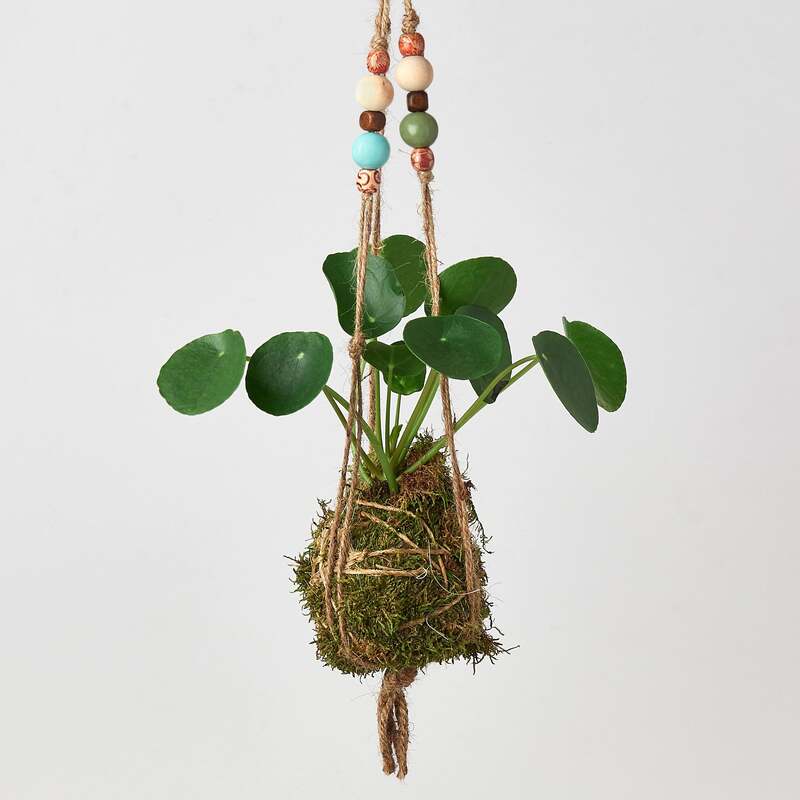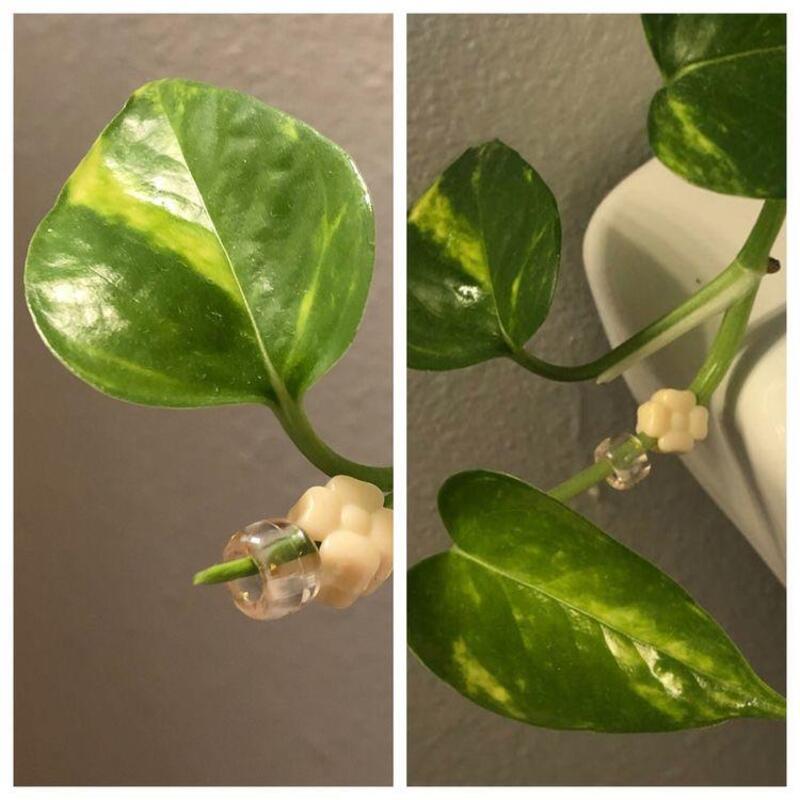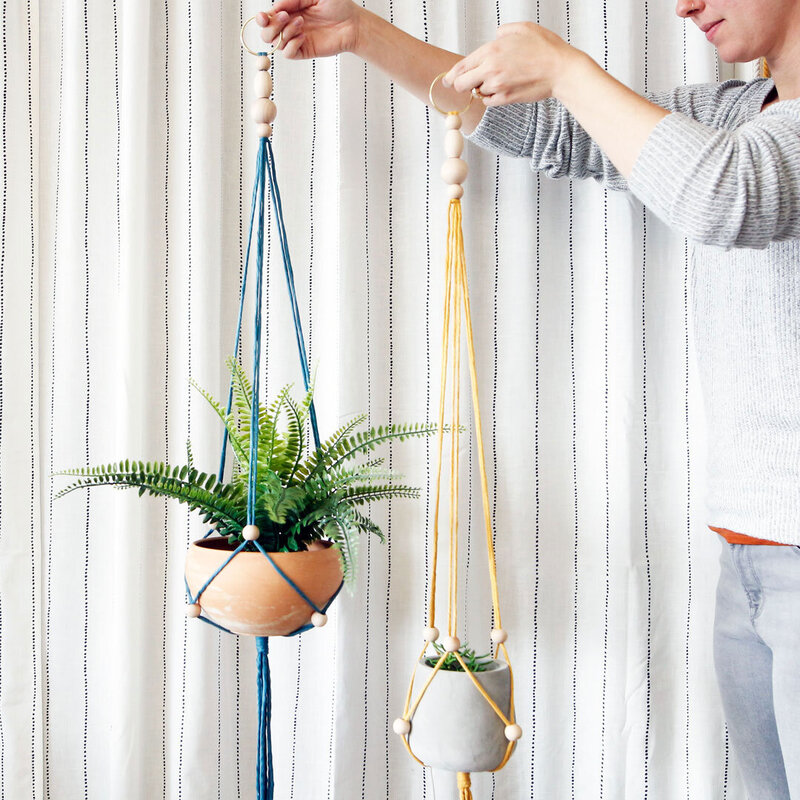Introduction to Beading Plants
Beading plants is a delightful fusion of artisanal crafting and botanical appreciation. Combining the delicate art of beadwork with the diverse beauty of plants, this unique hobby offers a rewarding way to express creativity. Many enthusiasts find joy in recreating the intricate details of leaves, flowers, and even entire plants using beads. Whether you are a novice or a seasoned beader, beading plants offers endless possibilities. Moreover, the final product provides a timeless charm that enhances any space. This article delves into the essentials of beading plants, offering insights and techniques to help you get started.
The Art of Beading
The art of beading has ancient roots, stretching back thousands of years. Various cultures around the world have employed beads to create elaborate decorations, jewelry, and other artifacts. Today, beading has evolved into various specialized forms, including the beading of plants. This specific type of beading incorporates techniques that allow the artist to mimic the textures and shapes of different botanical elements. By combining colored beads, wire, and imaginative designs, artisans can create realistic-looking plants. These beaded creations can be used as home décor, gifts, or even as part of larger art installations.
Significance of Plants in Beading
Plants hold significant symbolic and practical roles in various cultures. Beading these botanical wonders captures their essence in an everlasting form. For many, plants symbolize growth, life, and renewal. Beading enthusiasts often choose plant designs to reflect these themes in their work. Furthermore, beading plants allows people to bring a touch of nature indoors, especially if they cannot maintain real plants. The detailed process of beading can be meditative, encouraging patience and focus. Whether you are inspired by flowering varieties or lush greenery, beading offers a versatile canvas for your artistic expression.

Essential Materials for Beading Plants
Before you start beading plants, gathering the right materials is crucial. The quality of your tools and supplies impacts the final product significantly. Fortunately, beading does not require an extensive list of materials. However, investing in high-quality items ensures durability and enhances the overall appearance of your work.
Types of Beads
Beads come in various shapes, sizes, and materials, all of which play a role in achieving the desired effect. Seed beads are popular in plant beading due to their small size and uniform shape. These beads are excellent for creating detailed leaves and petals. Glass beads offer a polished appearance and come in different finishes, adding a touch of elegance to your designs. For a more organic look, wooden or natural stone beads can be incorporated. Using a mix of bead types can add texture and depth to your creations. Experimenting with different bead combinations can yield unique and visually appealing results.
Essential Tools
The right tools make the beading process more efficient and enjoyable. You will need beading needles, which are slender enough to fit through tiny bead holes. Additionally, having a selection of wire cutters, pliers, and tweezers is essential. Beading wire, available in various gauges, serves as the backbone for your plant designs. Choosing the appropriate wire gauge depends on the size and weight of your beads. A beading mat or board helps keep your beads organized and prevents them from rolling away. Lastly, having a good quality magnifying glass assists in handling small beads and intricate details.
Techniques for Beading Plants
Mastering techniques is fundamental to creating beautiful beaded plants. While there are various methods, starting with basic stitches and building complexity over time is advisable.
Basic Beading Stitches
Several foundational stitches form the basis of plant beading. The most common stitch is the basic loop, used for making leaves and petals. A wired base is often wrapped around beads to form shapes. The peyote stitch, known for its versatility, allows for creating even and textured surfaces. Another effective stitch is the ladder stitch, which helps in making strong, linear designs. Practicing these stitches on smaller projects can help you gain confidence. Once mastered, you can combine multiple stitches to create detailed and complex plant designs.
Advanced Techniques
As you become more comfortable with basic stitches, advancing to more complex techniques can elevate your work. The French beading technique involves wrapping beads around wire and looping them to create flowers and leaves. Another advanced method is the right-angle weave, which forms flexible and intricate beading patterns. Sculpting with beads is another exciting technique, allowing you to build three-dimensional shapes. Combining various stitches and techniques can produce stunningly detailed beaded plants. Joining a beading group or taking online courses can also introduce you to new methods and ideas.

Inspiration and Design Ideas
Finding inspiration for your beading projects can be as simple as stepping outside. Nature offers countless ideas, from the simplest leaf to the most complex flower.
Nature-Inspired Designs
Observing real plants closely can inform your bead selection and techniques. For example, a sunflower’s vibrant petals and intricate center can be recreated using yellow and brown beads with varying sizes. A fern’s delicate fronds can be mimicked using seed beads threaded in a linear pattern. Let nature guide your color choices and shapes, ensuring your projects retain a lifelike quality. Botanical gardens and nature walks are excellent sources of inspiration. Taking photographs or sketching plants you admire can also help you capture the details needed for your designs.
Custom Creations
Creating custom designs adds a personal touch to your beading projects. You might want to replicate a favorite houseplant or create a floral arrangement in your preferred colors. Combining elements from various plants allows for unique creations. Custom designs can also be tailored for special occasions, such as weddings or anniversaries. For instance, you could bead a bouquet of the bride’s favorite flowers. Customizations make your beading projects more meaningful and can also be sold as personalized gifts. Sharing your creations on social media can also inspire others and connect you with fellow beading enthusiasts.
Maintenance and Care for Beaded Plants
Maintaining your beaded plants ensures they remain beautiful and vibrant for years to come. Proper care involves cleaning and storage; each step protects your hard work from damage.
Cleaning Tips
Beaded plants can accumulate dust over time, dulling their sparkle. Regularly dusting with a soft brush prevents buildup. For deeper cleaning, gently wipe with a damp cloth. Avoid using harsh chemicals or soaking in water to protect the wire and beads. Occasionally, using a magnifying glass helps spot any loose beads or damaged areas. Promptly fixing any issues extends the life of your beaded plants. Consider applying a fabric spray protectant for added dust resistance. This step ensures minimal cleaning effort while maintaining the item’s appearance.
Storage Solutions
Proper storage is crucial to prevent tangling and crushing beads. Using padded boxes or containers with individual compartments keeps items separated. Wrapping each beaded plant in soft tissue paper adds an extra layer of protection. Labeling storage containers helps you quickly find specific plants. If space allows, displaying beaded plants in a glass cabinet shields them from dust while showcasing their beauty. Avoid placing beaded plants in direct sunlight, as prolonged exposure can fade colors. Investing in quality storage solutions preserves your creations for future enjoyment.

Expanding Your Beading Horizons
Beading plants can act as a gateway to more advanced projects and collaborations. Broadening your scope not only hones your skills but also enriches your artistic repertoire.
Collaborative Projects
Collaborating with other crafters provides fresh perspectives and new techniques. Joining beading clubs or online groups facilitates these connections. Working on group projects, like a beaded botanical garden, combines individual talents. Collaborative efforts often result in intricate, larger-scale pieces that are hard to achieve alone. Sharing knowledge and resources in these settings enriches everyone’s experience. Exhibitions and craft fairs also present opportunities for collaborative ventures. Presenting your work alongside others can spark inspiration and foster community bonds.
Advanced Crafting
Once you have mastered beading plants, shifting to more complex projects can be fulfilling. Creating beaded landscapes or incorporating beads into mixed-media art expands your horizons. Exploring other forms of beading, such as jewelry making, enhances your skill set. Integrating different materials, like fabric or metal, adds new dimensions to your work. Advanced crafting pushes boundaries and encourages creative growth. Participating in workshops or advanced courses can introduce intricate techniques and foster skill development. Engaging in continuous learning keeps your craft dynamic and exciting.
Conclusion
Beading plants offers a unique blend of artistry and nature appreciation. It merges the traditional craft of beading with the timeless beauty of plants. As you begin this hobby, remember that patience and practice are key. With the right materials and techniques, you can create stunning, lifelike beaded plants. These creations serve as lasting decorations and thoughtful gifts, bringing a touch of nature indoors. Expanding your skills through collaboration and advanced projects further enhances this fulfilling hobby. Enjoy the journey of beading plants, and let your creativity flourish in every piece you create.
